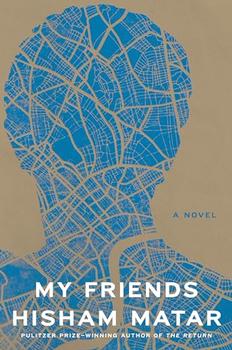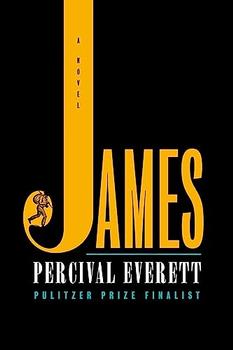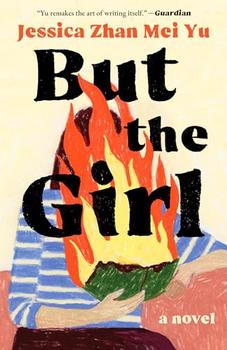Book Club Discussion Questions
Want to participate in our book club? Join BookBrowse and get free books to discuss!
Please be aware that this discussion guide will contain spoilers!
A Fine Balance, Rohinton Mistry's stunning internationally acclaimed bestseller, is set in mid-1970s India. It tells the story of four unlikely people whose lives come together during a time of political turmoil soon after the government declares a "State of Internal Emergency." Through days of bleakness and hope, their circumstances – and their fates – become inextricably linked in ways no one could have foreseen. Mistry's prose is alive with enduring images and a cast of unforgettable characters. Written with compassion, humor, and insight,
A Fine Balance is a vivid, richly textured, and powerful novel written by one of the most gifted writers of our time.
The questions, discussion topics, and suggested reading list that follow are intended to enhance your group's experience of reading Rohinton Mistry's
A Fine Balance. We hope they will provide many interesting angles from which to approach this sweeping and magnificent novel by one of the most powerful of contemporary writers.
- Why has Mistry chosen not to name the Prime Minister or the City by the Sea, when they are easily recognizable? Does recognition of these elements make any difference in your attitude toward the story?
- Is Nusswan presented entirely as a villain, or does he have redeeming features? What are his real feelings toward Dina?
- How does Dina's position within her family reflect the position of women in her culture and social class? Is the status of Om's sisters the same as Dina's, or different? What sorts of comparisons can you make between the roles and functions of women in India (as represented in this novel) and in America?
- Post-Independence India has seen much religious and ethnic violence: for instance, the mutual slaughter of Hindus and Muslims after Partition (1947), during which Ishvar and Narayan saved Ashraf and his family, and the hunting down and killing of Sikhs after the Prime Minister's murder, witnessed by Maneck. How does the behavior of the characters in the novel, ordinary Hindus, Parsis, and Muslims, contrast with the hatred that inspired these terrible acts? How much of this hatred seems to be fomented by political leaders? Dukhi observes bitterly "that at least his Muslim friend treated him better than his Hindu brothers" [p. 115]. What does this say about ethnic and religious loyalties, as opposed to personal ones?
- After Rustom's death, Dina's primary goal is self-reliance. But as the novel progresses and she makes new friends, she begins to change her ideas. "We'll see how independent you are when the goondas come back and break your head open," Dina says to Maneck [p. 433]. Does she find in the end that real self-reliance is possible, or even desirable? Does she change her definition of self-reliance?
- Most people seem indifferent or hostile to the Prime Minister and her Emergency policies, but a few characters, like Mrs. Gupta and Nusswan, support her. What does the endorsement of such people indicate about the Prime Minister? Can you compare the Prime Minister and her supporters with other political leaders and parties in today's world?
- Why does Avinash's chess set become so important to Maneck, who comes to see chess as the game of life? "The rules should always allow someone to win," says Om, while Maneck replies, "Sometimes, no one wins" [p. 410]. How do the events of the novel resemble the various moves and positions in chess?
- Dina distances herself from the political ferment of the period: "Government problems--games played by people in power," she tells Ishvar. "It doesn't affect ordinary people like us" [p. 75]. But in the end it does affect all of them, drastically. Why do some, like Dina and Maneck, refuse to involve themselves in politics while others, like Narayan and Avinash, eagerly do so? Which position is the better or wiser one?
- When Ishvar and Om are incarcerated in the labor camp, Ishvar asks what crime they have committed. "It's not a question of crime and punishment—it's problem and solution," says the foreman [p. 338]. If it is true that there is a problem—the vast number of homeless people and beggars on city streets--what would a proper and humane solution be?
- People at the bottom of the economic heap frequently blame so-called middlemen: people like Dina, who makes her living through other people's labor, or like Ibrahim the rent collector. Do such middlemen strike you as making money immorally? Who are the real villains?
- How would you sum up Beggarmaster: Is he ruthless, kind, or a bit of both? Does he redeem himself by his thoughtful acts, the seriousness with which he takes his responsibilities toward his dependents? In a world this cruel, are such simple categories as "good" and "bad" even applicable?
- When Beggarmaster draws Shankar, Shankar's mother, and himself, he represents himself as a freak just like the other two. What does this vision he has of himself tell us about him?
- The government's birth control program is enforced with violence and cruelty, with sterilization quotas and forced vasectomies. But is birth control policy in itself a bad thing? Dina tells Om, for example, "Two children only. At the most, three. Haven't you been listening to the family planning people?" [p. 466]. How might family planning be implemented in a humane fashion?
- After Dina's father dies, her family life is blighted until she marries Rustom. In later years, she chooses to withdraw from her natural family; it is not until her year with the tailors and Maneck that she again comes to know what a family might be. What constitutes a family? What other examples of unconventional "families" do you find in the novel?
- Why do Ishvar, Om, and Dina survive, in their diminished ways, while Maneck finally gives up? Is it due to something in their pasts, their childhoods, their families, their characters?
- "People forget how vulnerable they are despite their shirts and shoes and briefcases," says Beggarmaster, "how this hungry and cruel world could strip them, put them in the same position as my beggars" [p. 493]. Does A Fine Balance show people's vulnerability, or their fortitude?
- What effect is achieved by the novel's mildly comic ending, with Om and Ishvar clowning around at Dina's door? Is the ending appropriate, or off-balance?
- The novel gives us a vivid picture of life for members of the untouchable caste in remote villages. Why might such an apparently anachronistic system have survived into the late twentieth century? Does it resemble any other social systems with which you are acquainted? Why do so few of its victims fight the system, as Narayan does? Why do so few leave the village: is it from necessity, social conservatism, respect for tradition?
Unless otherwise stated, this discussion guide is reprinted with the permission of Vintage.
Any page references refer to a USA edition of the book, usually the trade paperback version, and may vary in other editions.




